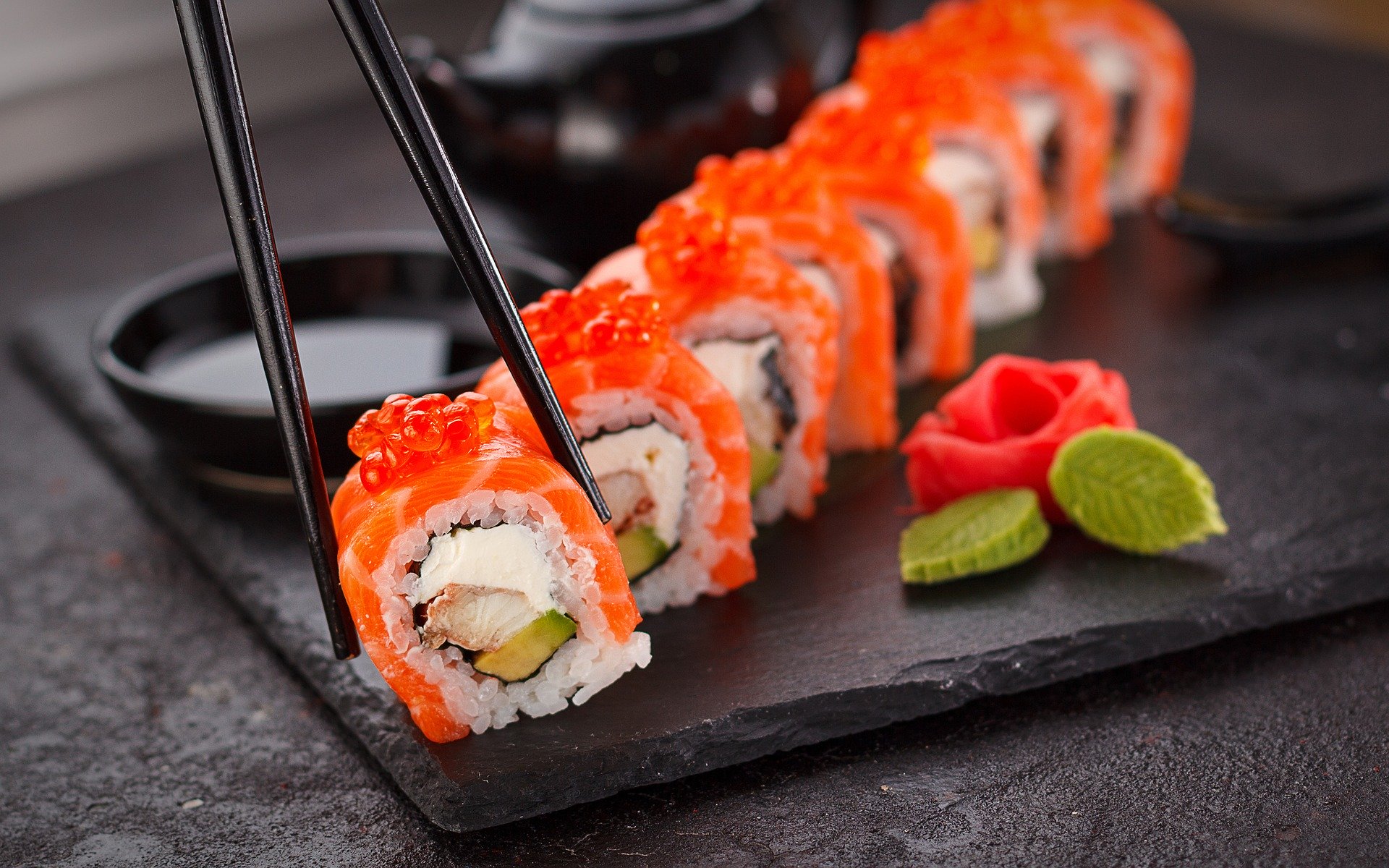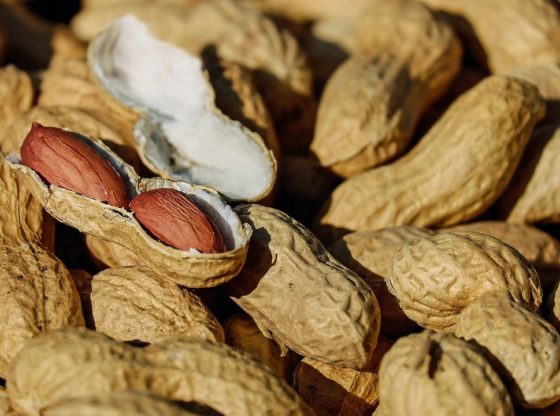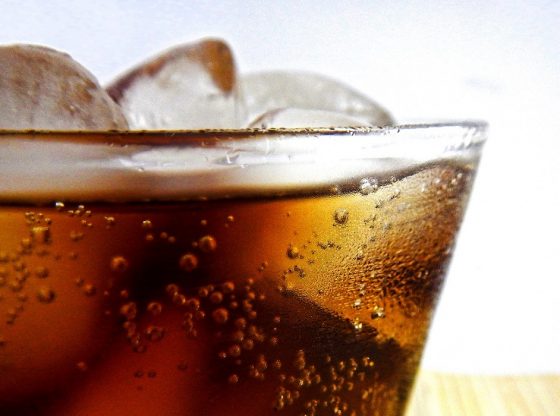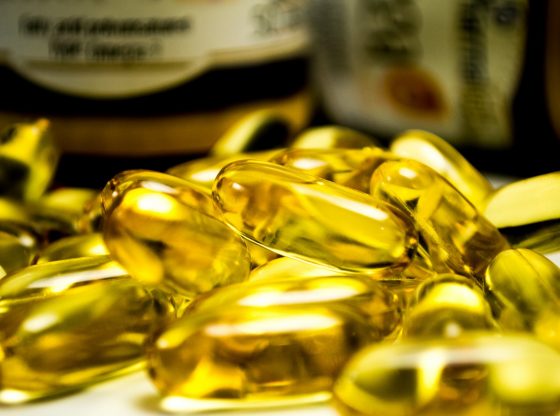The traditional Japanese diet from 1975 has been shown in mice and humans to counteract obesity and improve health, according to Japanese researchers at Tohoku University.
Japanese food, typical of 1975, was found to halve the abdominal obesity for mice compared to the food that the Japanese eat today. And the mice were significantly less likely to have diabetes and fatty liver, according to the research team led by associate professor Tsuyoshi Tsuduki at Tohoku University.
In addition, the mice lived 20 percent longer according to the study. In 1975, the diet was much more varied than today, with a lot of fruit and fermented vegetables and seafood. At that time, hardly any soft drinks and juices were consumed.
“In the group that ingested the traditional 1975 Japanese diet, life span was prolonged, senescence was delayed, and learning and memory capacities were maintained compared with the group fed the 2005 Japanese diet. The life span of the group that ingested the 1990 Japanese diet showed a tendency to be longer than SAMP8 mice fed the 2005 diet. Conclusion: The results of the present study suggested that the traditional Japanese diet is more effective in enhancing life expectancy and delaying senescence than the current Japanese diet.”
– Study abstract.
The team moved from mice trials to human subjects. First on about 30 overweight subjects and then just as many normal weighing people.
The study lasted a month with ready-made home delivery of dishes. Those who ate the 1975 food lost between 3-6 kilos in weight. In addition, the ‘bad cholesterol’ LDL went down and the good HDL went up. Also, blood sugar levels were at a better level when comparing the 1975 diet to a typical diet today. Intestinal flora was also positively affected.
“As a result, body weight (p < 0.05), body fat percentage (p < 0.05), body fat mass (p < 0.05), serum triglyceride level (p < 0.05), and serum low-density lipoprotein cholesterol level (p < 0.05) were significantly decreased and serum high-density lipoprotein cholesterol (p < 0.05) and serum magnesium levels (p < 0.05) were significantly increased in JD group. These results showed that a diet with the characteristics of the 1975 Japanese diet has a beneficial effect on lipid metabolic parameters."
– Study abstract.
Similar positive health results obtained from Japanese 1975 food are also obtained from those who eat traditional European foods (e.g. Nordic or Mediterranean).
Traditional Japanese cuisine, also known as “washoku,” which consists of small dishes of simple, fresh, and seasonal ingredients. The diet is rich in steamed rice, noodles, fish, tofu, natto, seaweed, and fresh, cooked, or pickled fruits and vegetables but low in added sugars and fats. It may also contain some eggs, dairy, or meat, although these typically make up a small part of the diet.
References:
Yamamoto K. et al, The Japanese diet from 1975 delays senescence and prolonged life span in SAMP8 mice, Nutrition Volume 32, Issue 1, January 2016, Pages 122-128, https://doi.org/10.1016/j.nut. 2015.07.002
Sugawara S. et al, The 1975 Type Japanese Diet Improves Lipid Metabolic Parameters in Younger Adults: A Randomized Controlled Trial, J. Oleo Sci. 67, (5) 599-607 (2018), doi: 10.5650 / jos.ess17259























